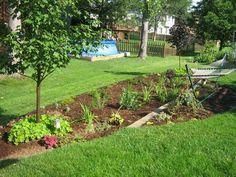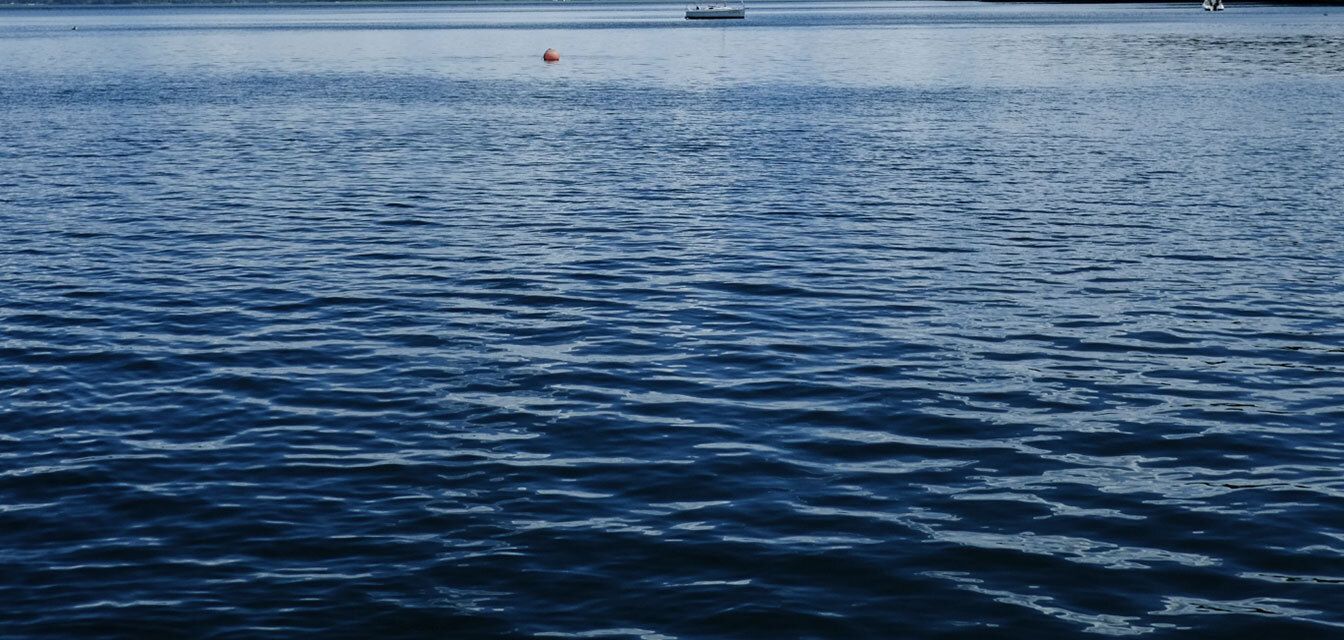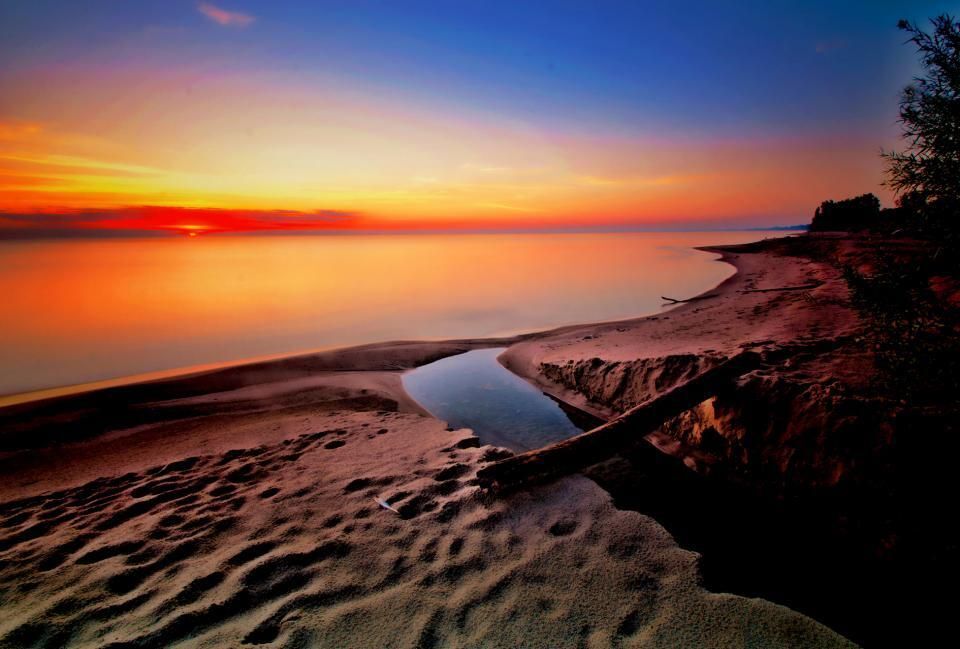Lake Erie Waterkeeper funding comes from citizens — individuals and families who choose to help us protect water quality, wildlife habitat, recreation, and public health. Donations of any amount are appreciated. Lake Erie Waterkeeper is a 501(c)(3) tax-exempt charitable organization. Your contribution or membership is tax deductible to the fullest extent allowed by law.
Please call 888-519-1142 with any questions or to donate a different amount.
Thank you so much for your support!
How You Can Help Lake Erie
- Join, volunteer Lake Erie Waterkeeper
- Observe water in the lake, rivers, ditches. If the water has a sheen, if there are dead fish take a picture, call waterkeeper
- Plant native plants which have deeper roots and slow runoff
- Create a rain garden, use rain barrels
- Encourage green infrastructure
- Make drinking and recreational waters a priority with elected officials
Volunteer for Lake Erie
We rely heavily on the dedication of our many volunteers. Volunteers founded Lake Erie Waterkeeper in 2004, and have been increasingly crucial to our advocacy and education campaigns ever since. Please see the list below and let us know which project(s) you would like to lend a hand. We can also look into customizing a project that best fits your interests and skills.
To sign up for a project, create one, or to simply donate much-needed funds to the organization, please email or call Sandy, Laura, or Jessica at 800-551-1592 or email sandylakeerie@aol.com, laurar@lakeerieWaterkeeper.org or Jessica@lakeerieWaterkeeper.org
Volunteer Opportunities
-
A Note on the Value of Volunteering
According to The Independent Sector the most recent estimated national dollar value of volunteer time $24.69 per hour (2018). We recognize the value and contribution of your time
-
Waterkeeper “Action alert: Response Team
Volunteers will pledge to follow up quickly on all “Action Alert” emails sent by Lake Erie Waterkeeper to the email list. Examples include signing petitions or calling public officials about an upcoming decision that affects water quality.
-
River Clean-Ups
Volunteers will attend pre-scheduled cleanups advertised by Lake Erie Waterkeeper and/or set up their own cleanup(s). If setting up your own cleanup, size can vary as much as needed, from a 1-person litter-pickup to a large cleanup involving an entire group. Lake Erie Waterkeeper can help provide guidelines for location selection, recycling/disposal of collected litter, and safety precautions.
-
Event Publicity Team
Volunteers will help us advertise fundraisers and educational events, and also get our name, logo, and contact information more visible in the community. Event publicity may also be done via the internet.
-
Internet Outreach: Facebook
Lake Erie Waterkeeper is new to Facebook and can use help with MySpace for education & outreach, and has won several MySpace outreach and fundraising awards. We would like to establish education and outreach opportunities through “Facebook fans” and “Facebook causes” pages. Contact us to help.
-
Lake and River Tributaries Research and Outreach
Volunteers will help identify and catalog Lake Erie and Lake Erie tributary rivers amenities such as marinas, restaurants, campgrounds, boat ramps, etc. so that Lake Erie Waterkeeper will be able to post information on its website as a service to its stakeholders and use the information for outreach. The research will include computer and phone book research as well as research in the field to identify the amenities and to distribute outreach materials at these locations.
-
Pollution Permit Research
Volunteers will identify zip codes within the Lake Erie and its river tributary watersheds and use them to run searches for National Pollutant Discharge Elimination System permits – permitted discharges of pollution allowed by the Clean Water Act. Searches will be run on several easy-to-use Environmental Protection Agency websites. This research helps us identify current/potential polluters. This project may also include data entry to help us organize information about current/potential polluters.
-
Letters to the Editors of Newspapers
Volunteers will choose one or more newspaper(s), whether scholastic, small town, or big city, and scan them daily for articles relevant to Lake Erie and its river tributaries. (For example, articles about pollution, wildlife habitat, recreation, etc.). After finding a relevant article, volunteers will write a personal letter about that article, in support of a cleaner, healthier Lake Erie and Lake Erie rivers watershed. For some talking points and background information about a variety of Lake Erie and its river watershed issues, we suggest you review relevant sections of our website, www.lakeerieWaterkeeper.org. Volunteers will send their letter to the newspaper’s editor for possible publication, following the length and submission directions relayed in each newspaper (or newspaper website). Please address the letter on behalf of yourself as a concerned citizen, not on behalf of Lake Erie Waterkeeper.
-
Researching Relevant Events & Tabling at Then
Volunteers will peruse the “Calendar” section of Lake Erie Waterkeeper’s website to see if there are events listed at which they could help represent us. Volunteers will also research similar events not listed on our website. After asking us if a given event would be good for representing us, volunteers will get materials to display/distribute there at the Lake Erie Waterkeeper’s table/booth.
-
New Member Recruiting
Volunteers will provide lists of the names and addresses of friends / relatives / colleagues they think might be interested in becoming a Lake Erie Waterkeeper member (donor or volunteer). We will then contact these potential members. Other ways volunteers can help recruit members is by contacting those friends/relatives/colleagues themselves, or by helping us prepare/mail letters to potential members identified by other volunteers. Other ways to help with New Member Recruiting include facebook outreach (see above) and by circulating our brochures at strategic locations.
Volunteer
Whether helping at a conference or tabling event or researching an issue of interest or planting native plants in your yard, there are plenty of ways you can contribute. To find out more email sandylakeerie@aol.com
Take Action
From sending a message to your representative to signing a petition standing up for clean water, Lake Erie needs your voice. Join our action email serve to help when support for legislation or other political support is needed.
Email sandylakeerie@aol.com
Help Erie at Your Home

There are many things you can do to save Lake Erie at home. Here are some tips to help you get started:
Replace hard surfaces with pervious pavement.
Pervious pavement is commonly used for driveways, patios, sidewalks, and parking lots. Made of asphalt, concrete, or interlocking pavers, pervious pavement allows water to soak through to the soil, improving water quality and minimizing polluted runoff and flooding.
Install a rain barrel(or two) to your downspouts Rainbarrels
Plant native plants, install rain gardens
Drive less. Air pollution contributes to nitrogen entering Lake Erie, and a large part of that is from vehicle exhaust. Make it a personal goal to combine errands and limit trips to reduce your contribution to auto emissions. And when the time comes to buy a new car or truck, choose the most fuel-efficient and low-emission gasoline, gasoline-electric hybrid, or alternative-fuel model in its class.
In Your Yard

Every single person who lives in your neighborhood has a profound impact on the health of Lake Erie. Help improve water quality in your backyard by making smart decisions in your home and by using Lake Erie friendly landscaping techniques. Smart landscaping choices can help reduce the Lake Erie’s biggest pollutants (sediments and nutrients like nitrogen and phosphorus) and restore natural filters. Lake Erie friendly landscaping increases native plant diversity; provides food, cover, and nesting areas for wildlife; and reduces the stormwater runoff (equally important in city and suburban gardens)


